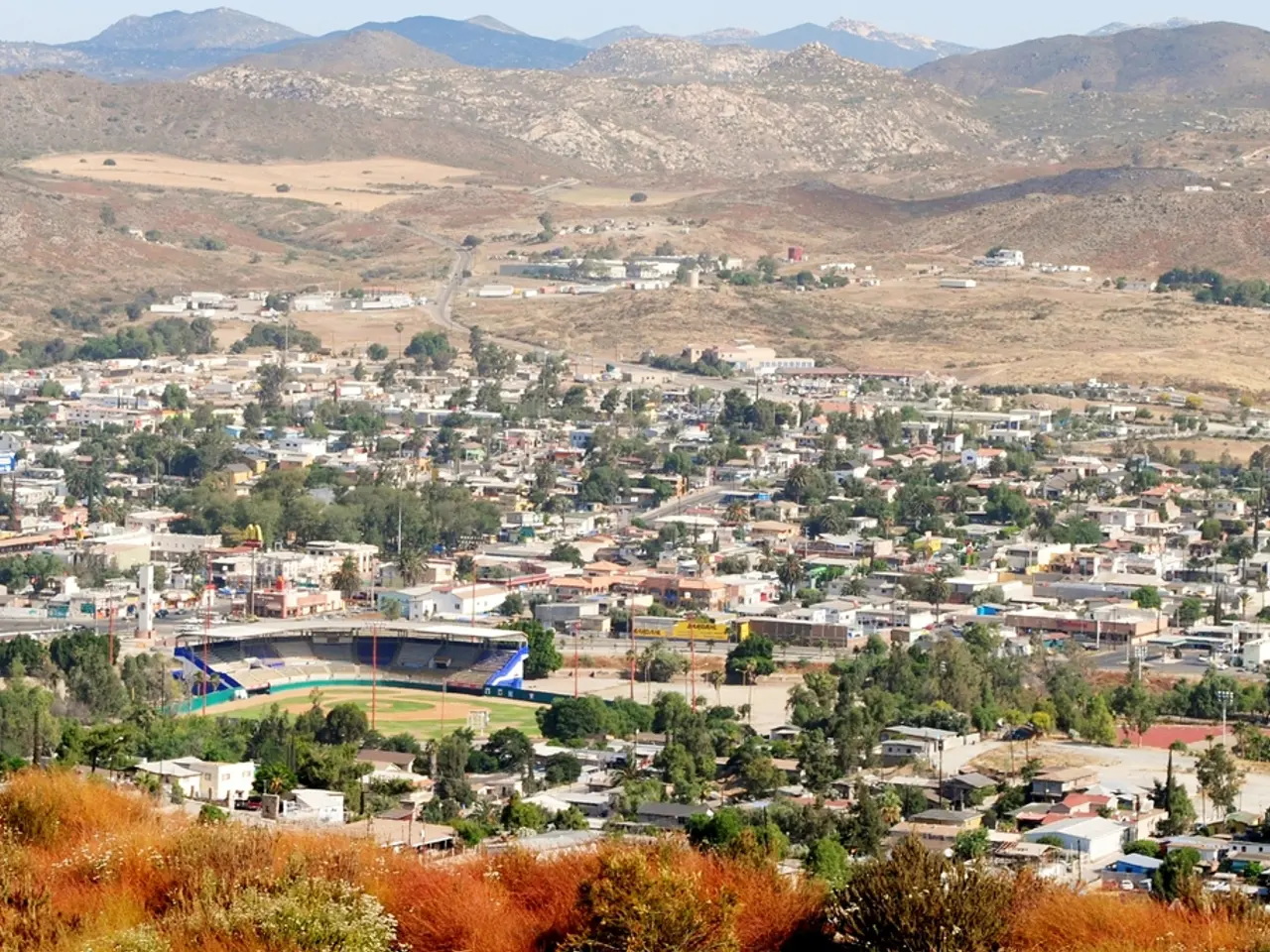Exploring the driving factors behind the intense storms and devastating floods impacting multiple states
In the face of a warming climate and the subsequent rise in severe storms, communities across the globe are grappling with the growing threat of floods. This year alone, multiple states, including New Mexico, North Carolina, New York, New Jersey, and Texas, have faced severe floods. A sudden storm in Texas resulted in at least 130 deaths, highlighting the devastating impact of these events.
As the frequency of storms contributing to floods becomes more common, it's essential for communities to take proactive measures to manage and mitigate flood risks. Gernot Wagner, a climate economist at Columbia Business School, agrees, stating that there's an opportunity for job creation in addressing this issue. However, communities must act swiftly as the problem is only getting worse.
One key strategy involves holistic flood risk assessment and vulnerability reduction. By using comprehensive frameworks like the RFDRI (Riverine Flood Disaster Risk Index), communities can assess four interconnected components: hazard, exposure, vulnerability, and lack of capacity. Addressing socioeconomic inequalities and boosting household flood readiness enhances overall resilience against flooding.
Another approach is Integrated Catchment and Coastal Management (ICM), which manages the entire river basin and coastal zones collectively to reduce flood risk effectively. This includes upstream interventions like reducing deforestation and controlling urban development to minimize downstream flooding impacts. Successful examples of ICM can be found in the Netherlands’ Room for the River program and Bangladesh’s community-based adaptations like raised homes and embankments.
Resilient building and infrastructure design also play a crucial role in flood preparedness. Proper roof rainwater management, using waterproof materials, and elevating structures can help prevent moisture damage and reduce the impact of floodwaters. Additionally, preserving natural floodplains and wetlands allows these areas to act as natural sponges, absorbing excess floodwaters and reducing downstream impacts.
Communities should also invest in enhancing community capacity and early warning systems. Improving household and community preparedness through training, early warning dissemination, emergency funds, and social support networks increases the ability to respond and recover swiftly from flood events.
Addressing climate change and land use drivers is another important aspect of flood risk management. Recognizing that climate change amplifies flood hazards and is compounded by deforestation and poor land management, communities should implement adaptive land use measures and sustainable environmental practices to reduce flood risk over the long term.
While flood insurance is crucial, it isn't typically covered by most homeowners insurance. People can check their flood risk using FEMA's tool, but First Street's maps can provide more comprehensive information, especially for flash flooding risks. When flash flood warnings are issued, people should get off the road and not drive through flooded areas.
Cities like New York City have been investing billions to make their transit systems more resilient. However, without flood insurance, homeowners often have to deal with the cost of recovering from disasters on their own, which can be disastrous for them. Foreclosures often follow these kinds of events when there's not insurance.
In conclusion, communities that combine robust planning, ecological conservation, resilient infrastructure, social preparedness, and integrated governance frameworks will be better equipped to manage flood risks amid climate change and more frequent severe storms. This multifaceted approach, tailored to local vulnerabilities and conditions, has proven effective globally.
- Environmental science, specifically flood risk assessment and vulnerability reduction strategies like the RFDRI, can help communities proactively manage and mitigate flood risks, ensuring overall resilience against flooding.
- Integrated Catchment and Coastal Management (ICM), which manages the entire river basin and coastal zones collectively, can reduce flood risk effectively by employing upstream interventions like reducing deforestation and controlling urban development.








